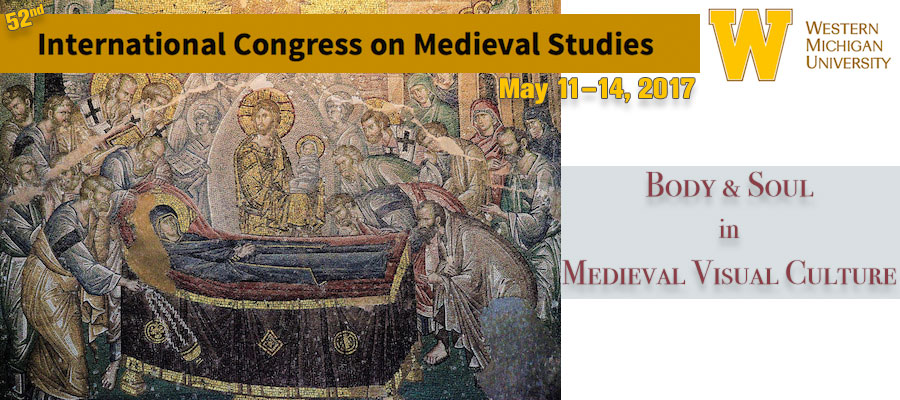Body and Soul in Medieval Visual Culture, session at the 52nd International Congress on Medieval Studies, Western Michigan University, May 11–14, 2017
Medieval theologians and artists wrestled with the dual "natures" of the human form: the soul, whose indefinite substance is connected with ideas of the animate, and the body, visible and mortal. Monastic life (supposed to be essentially spiritual) was organized, according to Byzantine typika and Western monastic rules, as a way to control the passions and to master the body by regulating the most pragmatic aspects of daily life so that monks could focus on tending the soul through prayer. Medieval artists responded to this tension between the spiritual and the corporeal in various ways in the visual arts of the Greek East and the Latin West. In Genesis cycles, for example, the animation of Adam and Eve expressed this duality without picturing the soul itself, while in representations of the Dormition of the Virgin, the soul of the Mother of God was typically presented in the form of an infant or small, pale body.
This session seeks papers that explore the range of ways in which medieval artists responded to the anthropological duality of body and soul in the visual arts of the Byzantine and Western medieval worlds.
Organizers
Judith Soria, CNRS « Orient et Méditerranée »
Jennifer Lyons, Ithaca College
